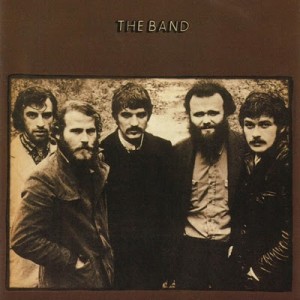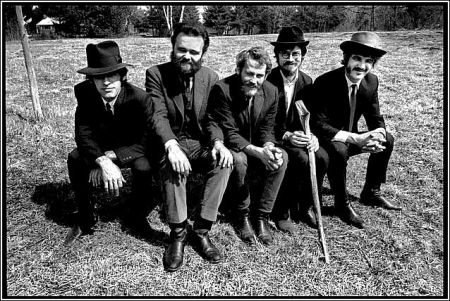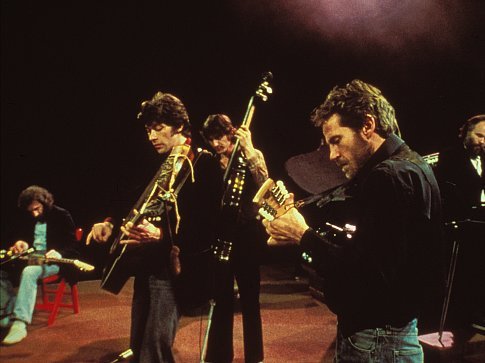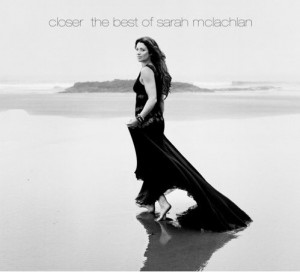
Joni Mitchell In The '70s
The music industry can dent anybody’s enthusiasm and willingness to make art. But a true artist always keeps at it, not only because it is the only valid form of expression he knows, but because he realizes there comes a point his public needs him to articulate how they feel. It becomes something wholly reciprocal; they need each other, they feed off each other and they motivate each other to do their best.
That is the true moral that arises from Joni Mitchell’s career – a career that has seen wild commercial up and downs, but that has had Joni true to herself and to every single one of us.
Joni Mitchell was born Roberta Joan in Fort MacLeod (Canada). The year was 1943. She showed a precocious interest in music, studying first the piano and then the guitar. Yet, at age nine she was stricken with polio. That made playing the guitar difficult from that point onwards, and that was one of the reasons Joni developed the unique tunings she would be renowned for in her career.
She has defined herself as a “rebellious teenager”, and upon growing up she intended to attend art school in Calgary. She attended classes only for one year there before moving to Toronto, where she met a cabaret jazz singer named Chuck Mitchell that would become her husband in 1966. Together, they headed for the US to seek their fortunes as musicians. The marriage fell apart in 1967, and Joni went to New York City to launch her solo career in earnest.
Before ever releasing her debut album, other artists began recording her songs – Tom Rush sang the very first song she ever wrote, “Urge For Going”, and Judy Collins made the poignant “Both Sides Now” popular long before Joni did.
Joni’s big break came when she was discovered by David Crosby, who convinced his record company (Reprise Records) to sign her up. They did, and Joni’s first album (known as either “Joni Mitchell” or “Song For A Seagull”) was recorded and issued. Public interest began picking up, and a heavy schedule in support of both her debut and the follow-up record (“Clouds”, 1969) made the press take notice as well.
“Ladies Of The Canyon” was issued in 1970. It became her first gold record on the strength of “Big Yellow Taxi” (a top 30 hit) and her own version of “The Circle Game” (the song had been recorded long before by both by Tom Rush and Buffy Sainte-Marie). Continue reading




